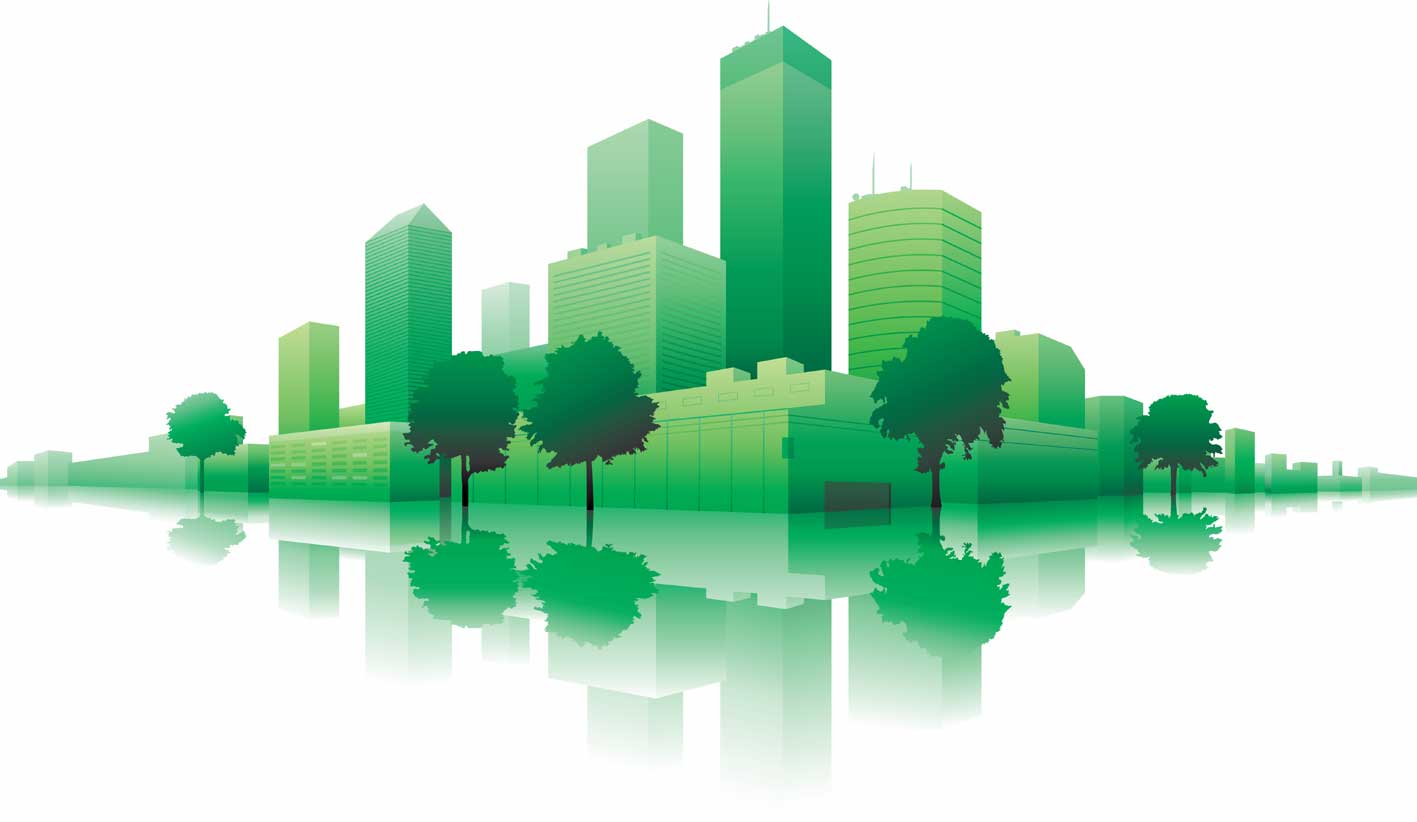Building a Greener Future: Why Pakistan Needs to Incentivize Sustainable Construction

As urbanization continues to
reshape Pakistan’s skyline, the need for environmentally responsible and
sustainable construction practices has never been more urgent. At Dreams
Marketing, we believe in building more than just structures—we believe in
building a better, greener future. With cities expanding and real estate
booming, it’s time Pakistan seriously considers incentivizing green building
practices to address environmental concerns while unlocking economic
opportunities.
Globally, countries have taken
proactive steps to reduce carbon emissions through policy reforms, financial
support, and the adoption of cutting-edge sustainable construction techniques.
For Pakistan to keep pace, adopting these practices—and tailoring them to our
local needs—is not just important, it’s essential.
Why Green Construction is the Future of Real Estate in Pakistan
Green construction isn't just
about going eco-friendly—it's about improving energy efficiency, reducing
operational costs, and increasing the value of real estate assets. Builders,
investors, and homeowners alike benefit from sustainable practices that enhance
livability while conserving resources.
Let’s explore some of the most
effective green building strategies being implemented worldwide—and how they
can reshape Pakistan’s construction landscape.
1. Passive Design Strategies for Energy Efficiency
One of the most cost-effective
ways to create sustainable buildings is through passive design. By harnessing
natural light, cross-ventilation, and thermal insulation, buildings can
dramatically reduce energy consumption.
·
In Germany, the Passivhaus
standard has revolutionized residential construction, reducing energy usage by
up to 75%.
·
India’s IGBC
encourages the use of passive cooling elements like shaded windows and green
roofs to combat rising urban temperatures.
In Pakistan, architects and
developers can use similar strategies to design homes that stay cooler in the
summer and warmer in winter, reducing dependency on HVAC systems and lowering
energy bills.
2. Use of Renewable and Recycled Building Materials
Sustainable development starts
with sustainable materials. Incorporating locally sourced, renewable, and
recycled materials helps reduce the carbon footprint of construction.
·
The Netherlands is
leading the charge in circular construction, repurposing materials from older
buildings for new projects.
·
Bamboo, popular in
Southeast Asia, offers a fast-growing, durable, and eco-friendly alternative to
traditional wood.
In Pakistan, promoting recycled
concrete, sustainable timber, and indigenous materials can reduce construction
costs while supporting environmental sustainability.
3. Smart Water Management in Construction
With Pakistan facing
increasing water scarcity, smart water management in buildings is critical.
Techniques like rainwater harvesting, greywater recycling, and low-flow
fixtures are gaining traction worldwide.
·
Singapore’s Green
Mark Certification mandates rainwater harvesting and water-saving fixtures.
·
Australia promotes
dual-flush toilets and drought-resistant landscaping.
By adopting these strategies,
Pakistani developers can contribute to water conservation and future-proof
buildings against resource shortages.
4. Energy-Efficient Building Systems
Energy efficiency is the
cornerstone of sustainable construction. Integrating solar panels, smart
lighting, and high-efficiency HVAC systems can reduce both emissions and
long-term operating costs.
·
In the U.S., LEED-certified
buildings are equipped with energy-efficient systems, including automated
lighting and temperature controls.
·
Dubai and the UAE
enforce regulations that mandate high-performance glazing and centralized
cooling for large developments.
Pakistan's construction
industry can benefit from similar initiatives, especially if the government
offers incentives for net-zero buildings that generate as much energy as they
consume.
5. Green Roofs and Urban Landscaping
Green roofs aren’t just
beautiful—they serve a purpose. They insulate buildings, improve air quality,
reduce noise, and contribute to biodiversity in urban environments.
·
Toronto has
implemented green roof bylaws for commercial buildings.
·
Japan encourages
vertical gardens and rooftop vegetation as part of its Urban Heat Island
Mitigation Policy.
In dense Pakistani cities like
Lahore, Karachi, and Islamabad, integrating green roofs into commercial and
residential developments can help reduce pollution and urban temperatures.
6. Low-Carbon Cement and
Eco-Friendly Construction Techniques
Traditional cement
manufacturing is one of the largest contributors to global CO2 emissions.
Fortunately, low-carbon alternatives are emerging.
·
Switzerland is
developing carbon-capturing cement.
·
India and China
are promoting fly ash bricks and geopolymer concrete.
Pakistani construction firms can
take a major leap forward by investing in these alternatives, lowering
emissions while still meeting structural standards.
Global Incentives: A Model for Pakistan
To promote green construction,
countries around the world are offering powerful incentives to builders:
Tax Rebates and Credits
·
The U.S. Energy
Policy Act gives tax credits to energy-efficient projects.
·
The UK provides
tax relief for companies adopting sustainable practices.
Green Financing & Subsidies
·
Germany’s KfW Bank
offers low-interest green loans.
·
China provides
concessional financing for eco-friendly developments.
Fast-Track Approvals
·
Singapore
expedites permits for green buildings.
·
Dubai offers extra
floor area for sustainable developments.
These incentives have
accelerated the adoption of sustainable building practices globally, and Pakistan
can do the same.
Pakistan’s Roadmap: What Needs to Be Done
To promote green construction
in Pakistan, the government and private sector must collaborate on the
following initiatives:
·
Offer tax breaks
for developers and builders who meet green building criteria.
·
Subsidize
eco-friendly materials and solar installations.
·
Launch a National
Green Building Code to establish clear sustainability standards.
·
Educate
stakeholders—from investors to homeowners—on the long-term benefits of going
green.
Final Thoughts: Building the Pakistan of Tomorrow
The real estate sector in
Pakistan is on the rise, and with it comes the responsibility to build
sustainably. By incentivizing eco-friendly construction, we not only reduce our
environmental impact but also increase economic resilience, energy security, and
overall quality of life.
At Dreams Marketing, we
envision a Pakistan where buildings breathe, cities thrive, and sustainability
is the standard, not the exception. It’s time to build smarter, greener, and
more responsibly, for ourselves and for the generations to come.